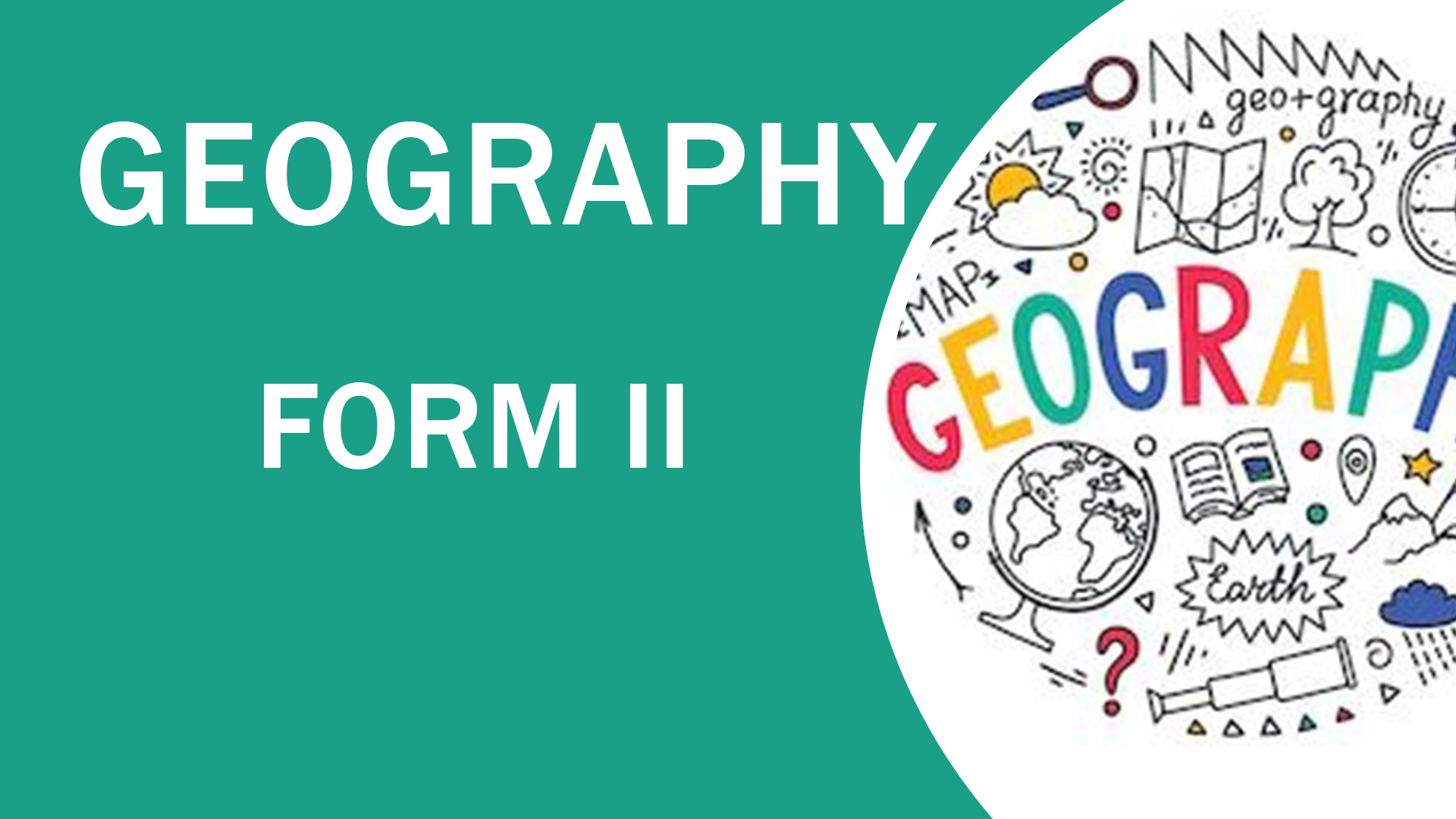Certainly! Here's a well-structured Geography Form II Learning Outcomes section for your Edukea website videos:
Learning Outcomes for Geography – Form II
By the end of the Form II Geography course, students will be able to:
-
Describe the structure and composition of the atmosphere, and explain the processes involved in weather and climate.
-
Identify and explain various types of landforms, including mountains, plateaus, and valleys, and the processes that shape them.
-
Understand and describe the process of plate tectonics and the occurrence of volcanic eruptions, earthquakes, and mountain building.
-
Explain the different climate zones and how geographical location influences temperature and precipitation patterns.
-
Interpret weather data and understand how weather forecasts are made using meteorological tools.
-
Examine the impact of human activities such as agriculture, urbanization, and industrialization on the environment.
-
Use geographic tools and techniques such as maps, graphs, and diagrams to collect, analyze, and present geographical information.
-
Understand the relationship between natural processes and human development, and their combined effects on the environment.
These outcomes ensure that students develop a deeper understanding of geographical concepts and their practical applications in the world.
Let me know if you need further adjustments or any other content!
Certainly! Here's a clear and concise Geography Form II Requirements section for your Edukea website videos:
Requirements for Geography – Form II
To succeed in Form II Geography, students should have:
-
A solid understanding of Form I Geography concepts, including basic map skills, Earth's structure, and physical features.
-
Basic knowledge of weather and climate concepts and an interest in how natural processes shape the Earth.
-
Good observational skills for analyzing geographical data and identifying key features of the environment.
-
Basic mathematical and measurement skills, useful for understanding scales, distances, and interpreting graphs and charts.
-
Curiosity about the relationship between humans and the environment, including the effects of human activities like agriculture and urbanization.
These foundational skills will help students explore and understand the more advanced topics covered in Form II Geography.
Let me know if you'd like the learning outcomes for Form II or any adjustments!
Certainly! Here's a detailed Geography Form II Description for your Edukea website videos:
Geography – Form II
Form II Geography builds upon the foundational knowledge gained in Form I and dives deeper into understanding the Earth’s physical processes, climate, and human geography. Students will explore topics such as the structure of the atmosphere, weather patterns, and climatic zones. The course also covers landforms and the processes of plate tectonics, volcanoes, and earthquakes. In addition, students will study how human activities such as agriculture, urbanization, and industry affect the environment. Through practical lessons and case studies, Form II Geography helps students develop an understanding of how natural and human systems interact on Earth.
Would you like the requirements or learning outcomes for Form II as well?
